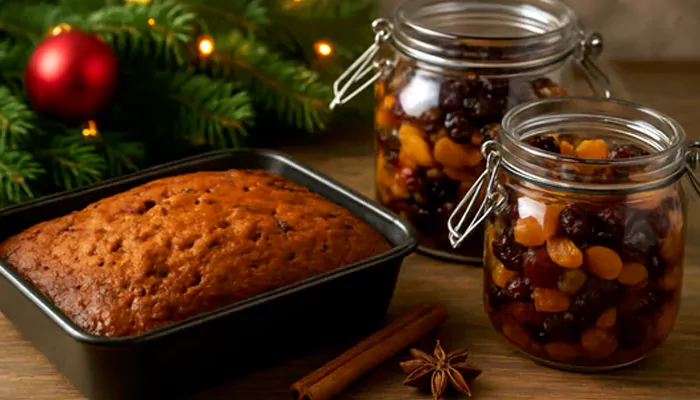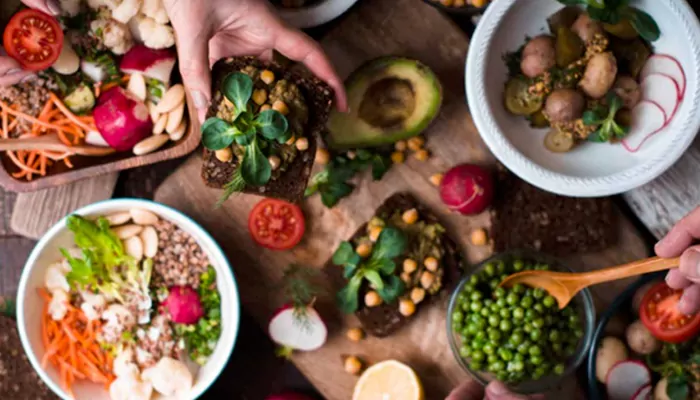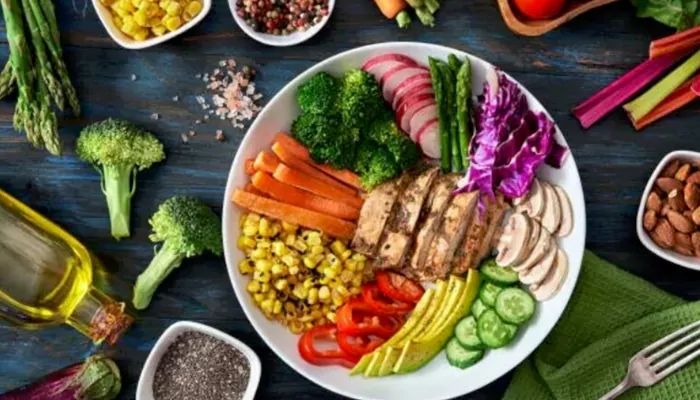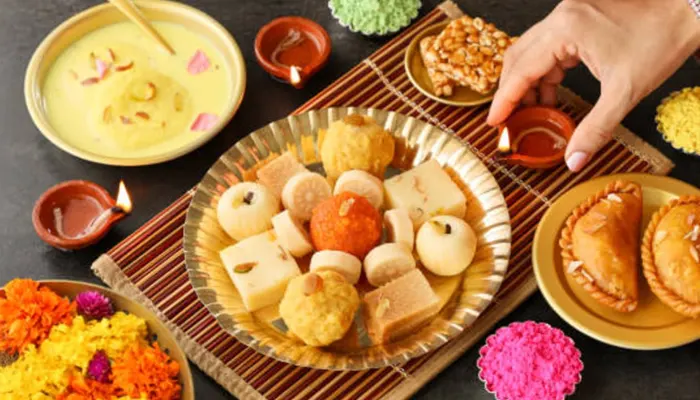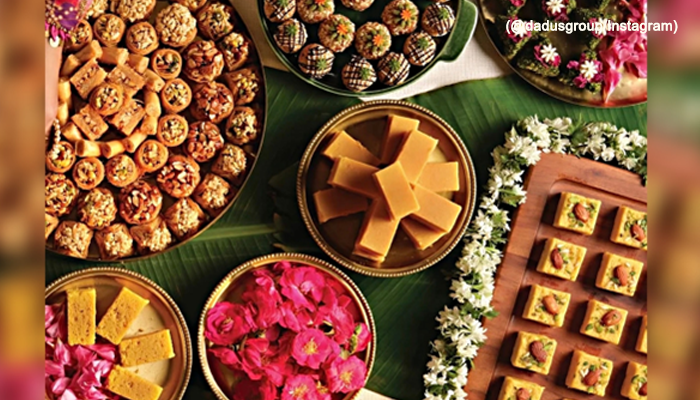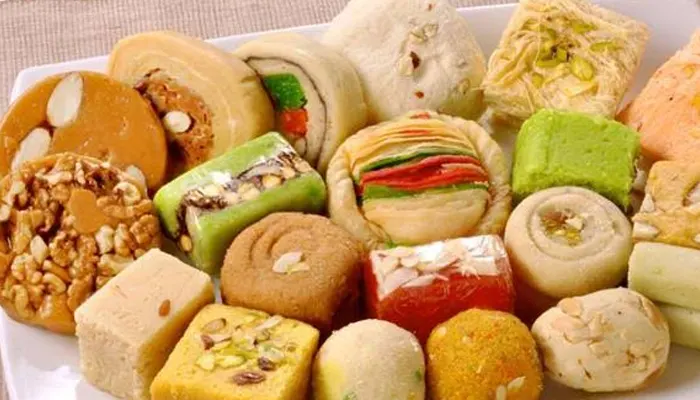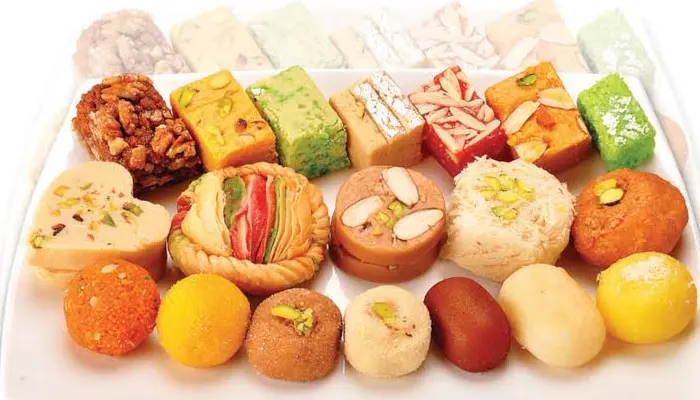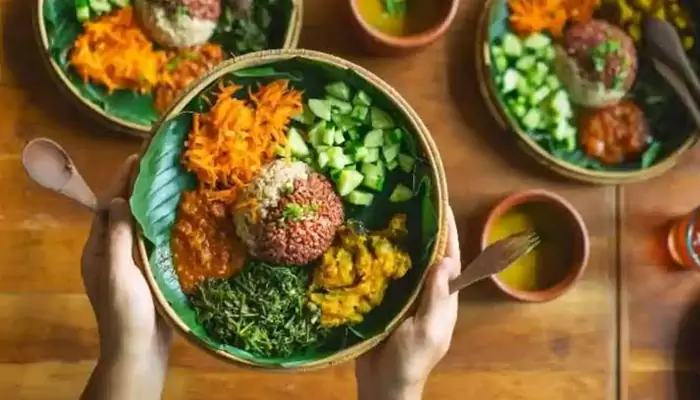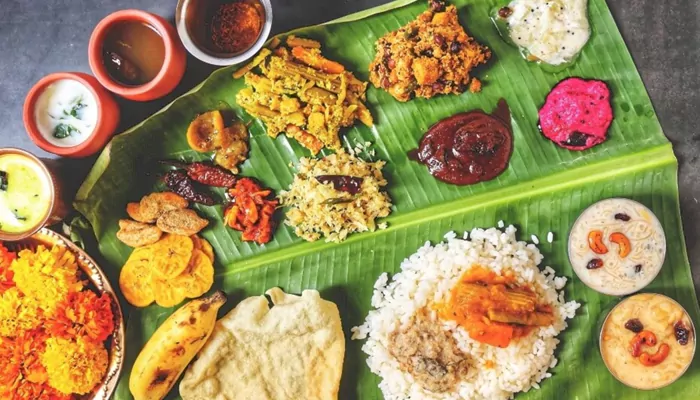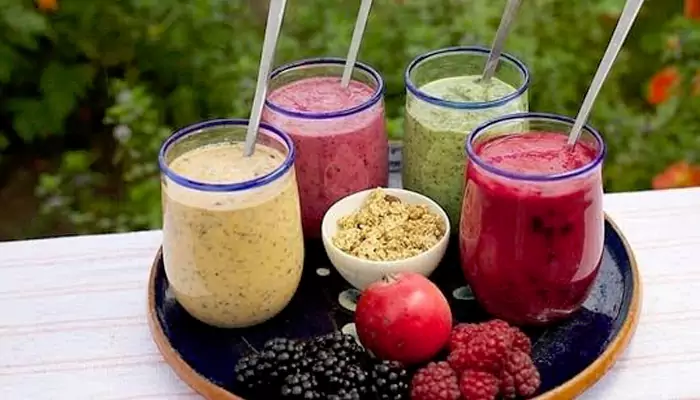
We've scoured the globe to bring you the rarest spices for this special piece!
Spices have done more than just spice up our food—they’ve spiced up history, too! Early trade routes were created to satisfy the craving for these flavorful gems. Remember Vasco da Gama? He sailed all the way to India looking for abundant, affordable spices, kicking off a long saga of trade and exploration. Beyond just adding flavour and aroma, spices also help keep food fresh. In Asia and the Middle East, they’ve been essential in both cooking and medicine for centuries. Today, most spices are easily found at your local supermarket, regardless of their origins. But some spices are still rare and exotic, adding a special touch to dishes. Here are a few of the world’s rarest spices and herbs that you might not have tried yet.
Bhut Jolokia or Ghost Pepper
Rarity: Extremely Rare
Region: India
Flavour/Taste: Fruity with intense heat
Bhut Jolokia, one of the rarest spices, hails from northeastern India—Assam, Manipur, and Nagaland. It was once the hottest pepper in the world, earning a Guinness World Record in 2007. Known as Naga Jolokia or Ghost Pepper (due to a language mix-up), it’s used in various curries and pickles. Instead of a sharp sting, it delivers a blooming heat that gradually intensifies.
Pasilla de Oaxaca Chile
Rarity: Extremely Rare
Region: Mexico
Flavour/Taste: Smoky with hints of tobacco
Pasilla de Oaxaca Chile, a rare find from Mexico's Oaxaca mountains, goes through a special process. These chiles are partly dried on the plant and then carefully smoked over smouldering oak wood for two to three days. This method enhances their flavour, making them more complex than Chipotle peppers but with a milder heat. In Mexican dishes, they're prized for their depth alongside other dried chiles. Before use, they need to be rehydrated and made into a paste. After processing, these chiles embark on a slow journey by horseback, highlighting their traditional and labour-intensive production.
Kudampuli
Rarity: Very Rare
Region: India
Flavour/Taste: Tangy
Kudampuli, also known as Malabar tamarind, is grown in Kerala and Karnataka, India. This small, pumpkin-shaped fruit adds tangy flavour to dishes and is popular in home gardens. Commercially, its production is limited. Unlike regular tamarind, Kudampuli has a slight sweetness. After ripening, the fruits are deseeded, sun-dried for a week, smoked to a blackish colour, then preserved with coconut oil and salt for longer storage.
Urfa biber
Rarity: Very Rare
Region: Turkey
Flavour/Taste: Hot, smoky, salty, and sweetish
Urfa Biber, a rare dry chilli pepper from Turkey's Urfa region near Syria, boasts a unique flavour profile. It offers a smoky taste with hints of raisin, a touch of saltiness, and a subtle sourness. Some describe it with chocolaty notes. While not intensely hot, its flavour lingers pleasantly. Used in Turkish and Kurdish cuisine (known as Isot pepper), it's gaining popularity worldwide. Unlike other dried peppers, Urfa Biber is sun-dried during the day and "sweated" at night in bags to preserve its natural oils.
Apart from these, sumac is like a zesty companion in Middle Eastern dishes, giving them a real kick. Mahlab is what you want for baking—it brings a lovely aroma to everything. And then there's fennel pollen, like culinary "fairy dust" that works wonders in both sweet and savoury cooking. These spices aren't just rare; they're special for their flavours and smells, making them real treasures in any kitchen.

